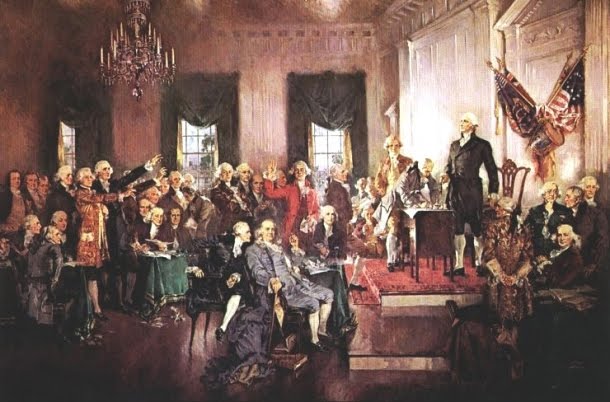from The CATO Institute:
It's Up to The Private Sector to Invest in New Technology
by Jerry Taylor
This article appeared in US News and World Report (Online) on January 18, 2012.
Share with your friends:
ShareThisIn free-market economies, decisions about whether to invest in a technology or an industry are made by market actors with private capital. The promise of profit induces investment in promising ventures and the sting of loss penalizes those investments that turn out to be misguided. Of course, we live in a mixed economy in which government frequently assumes tasks that were once left to private individuals and corporations. Whether the government should invest in green energy suggests two questions. Are major green energy investments worthwhile in the first place? And should the Obama administration be spending $80 billion in grants and loans to make these investments on our collective behalf?
Although proponents of green energy note that the sheer enormousness of the federal subsidy effort is helping to expand green energy generating capacity, stock prices for green energy firms are in free fall, even in China, because investors understand that this industry would disappear if the lavish federal and state subsidies were to end.
The "green jobs" argument most commonly marshaled is thus looking thinner by the day. Data recently released by the U.S. Department of Energy reveal that the $38.6 billion of federally guaranteed loans to green energy projects have thus far produced only 3,545 new, permanent jobs ($5 million per job), far short of the 65,000 jobs promised by the administration.
If green energy is commercially promising, then profit-hungry capitalists will make those investments.
The DOE's Energy Information Administration reports that new renewable energy power plants will continue to be far less economically competitive than new gas-fired generation plants over the foreseeable future, even after federal subsidies are taken into account.
Things look even worse in the transportation sector. The Obama administration has spent $5 billion to promote the manufacture of electric vehicles so as to put 1 million EVs on American roads by 2015. But layoffs and bankruptcies have plagued those receiving EV handouts because the technology is still problematic and the final product so expensive that consumers won't buy it, even with $7,500 rebates. Consequently, only two tenths of 1 percent of the cars sold this year were EVs, and the vast majority of those were in development long before President Obama took office. EV sales would have to be almost nine times greater per year to meet the administration's objective.
Jerry Taylor is a senior fellows at the Cato Institute.
More by Jerry TaylorThe only good argument for federal handouts to green energy projects is the contention that there are environmental costs associated with fossil fuel consumption that are not internalized in fossil fuel prices, distorting the market and leading to more "brown" energy consumption than is economically efficient.
But the most credible estimates about climate externalities put the cost at no more than $12 per ton of CO2. Internalizing that cost into fossil fuel prices would increase gasoline prices by no more than 12 cents per gallon, not enough to make EVs economically efficient or commercially competitive. If all the nation's electricity were coal-fired, a $12-a-ton CO2 tax would increase the price of electricity by about 1.3 cents per kWh, just over 10 percent above the average retail price of 12 cents per kWh. Given that a little over half of the nation's electricity is coal-fired, the actual increase would be even less.
If green energy is commercially promising, then profit-hungry capitalists will make those investments. If it isn't, no amount of government subsidy will turn those economic sows' ears into wealth-creating silk purses.










 PRINT PAGE
PRINT PAGE CITE THIS
CITE THIS





No comments:
Post a Comment